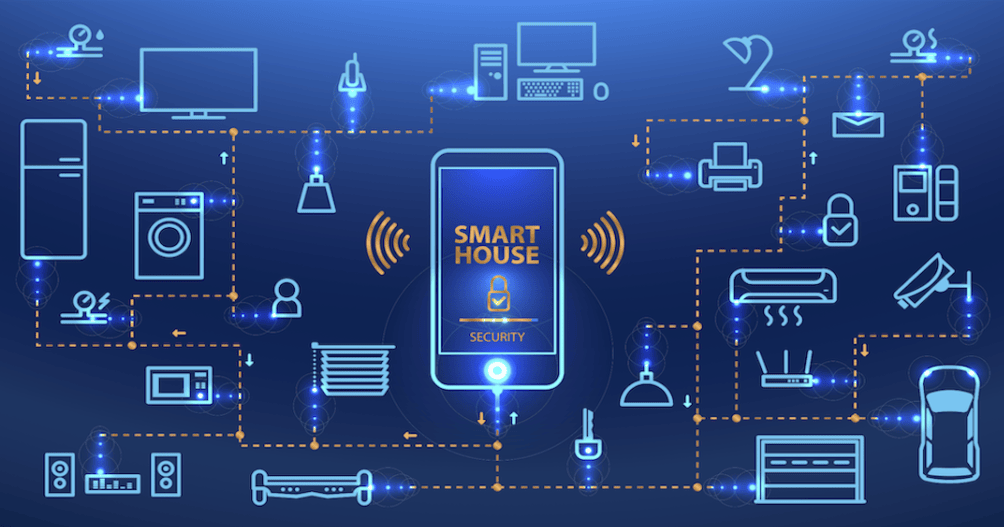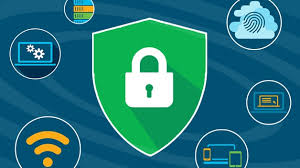
Technology is at the heart of almost every business today. Whether you’re running a small business or managing a larger company, your computers, servers, and networks must work smoothly to keep everything running. But as useful as technology is, it also comes with its fair share of headaches—things break, systems slow down, and security threats pop up. That’s where remote monitoring comes in. It’s one of the most powerful tools in modern IT support, and many companies don’t even realize how much it’s helping them behind the scenes.
Let’s break it all down in simple terms:
What is remote monitoring? How does it work? And most importantly, why should your business care?
What Is Remote Monitoring?
Imagine having a security guard who never sleeps, constantly watching over your computers, servers, and networks. Now imagine that guard can send alerts the moment something looks off—and even fix some issues automatically before you even know there was a problem.
That’s what remote monitoring does.
In tech terms, it’s called Remote Monitoring and Management (RMM). It allows IT professionals to keep track of your devices, systems, and applications without having to be on-site. They can:
- Check the health of your devices
- Monitor for errors or signs of trouble
- Install software updates
- Respond quickly to issues
- Prevent problems before they grow
All of this is done remotely, usually through the internet, using special software.

Why Remote Monitoring Matters
If you’ve ever had your computer freeze up or your network crash, you know how frustrating it can be—and how costly downtime is.
With remote monitoring, IT support becomes faster, smarter, and more efficient. Here’s what makes it so important:
- 24/7 Eyes on Your Systems
- Even when the office is closed, your systems are being watched. If something goes wrong overnight, the IT team can get notified immediately and take action.
- Early Problem Detection
- Instead of waiting for something to crash, remote monitoring spots warning signs early—like low disk space or overheating—and fixes the issue before it becomes a crisis.
- Reduced Downtime
- Since issues are caught early and fixed fast, your employees spend less time waiting around for things to get fixed. That means more productivity.
- Security Monitoring
- Remote monitoring tools can spot unusual activity, helping prevent cyberattacks or alerting your team if a breach might be happening.
- Lower IT Costs
- Less downtime + fewer on-site visits = lower costs. You’re paying for fewer emergencies and more prevention.
What Gets Monitored?
You might be surprised how much can be watched remotely. Here are just a few examples of what IT teams can keep an eye on with RMM:
- Device health: Is the CPU overloaded? Is the hard drive getting full? Is the battery dying?
- Software performance: Are apps crashing or running slow?
- Network activity: Are there bottlenecks or suspicious traffic?
- Security alerts: Is malware trying to get in? Is someone accessing data they shouldn’t?
- Backups: Are your important files being backed up properly?
- Updates and patches: Are your systems running the latest secure versions of software?
By collecting and analyzing all this information, IT teams can make smart decisions to keep your business tech running smoothly.
How Does Remote Monitoring Work?
Let’s simplify this even more.
Imagine your company’s computers are like cars. Remote monitoring is like putting a dashboard on each car that reports back to a mechanic in real time.
- If the engine gets too hot, the mechanic knows.
- If the tires are low, they get a notification.
- If the car needs an oil change, they can schedule it in advance.
In IT, this works using agents—tiny pieces of software installed on your devices. These agents collect system data and send it back to a central control panel used by the IT support team.
From there, the IT team can:
- Monitor everything in one place
- Remotely fix issues
- Run scripts or updates
- Send alerts when action is needed
This system allows one IT technician to support dozens or even hundreds of computers without having to move an inch.
What About Security?
Understandably, business owners often ask:
“If someone can remotely monitor our systems, is our data safe?”
The short answer: Yes—if it’s done right.

Good remote monitoring platforms use strong encryption and require authentication to access systems. Reputable IT support providers also follow best practices like:
- Limiting access to only what’s needed
- Keeping logs of all activity
- Using secure connections (VPNs, MFA)
- Running regular audits to ensure nothing is overlooked
So, while remote monitoring does involve access, it’s controlled, secure, and traceable.
The Real-World Impact on Businesses
Let’s say you run a small law firm, and your case management software suddenly crashes. Without remote monitoring, you’d call IT, wait for them to come over (or connect manually), and lose hours of work. With remote monitoring, the system may have already spotted the issue earlier in the day, alerted the IT team, and fixed it automatically—before you even noticed a problem.
Here are some real benefits businesses see:
- Fewer technical disruptions during the workday
- Quicker response times when help is needed
- Peace of mind knowing someone is always watching
- Better performance from devices and apps
- Stronger cybersecurity posture
Long-Term Advantages
Over time, remote monitoring does more than fix issues; it helps improve your entire IT setup. It allows your IT team to:
- Spot trends (like certain devices failing more often)
- Make smart upgrades based on usage data
- Plan better budgets (know when devices need replacing)
- Create a roadmap for future IT improvements
Think of it like this: instead of always playing defense, remote monitoring helps your business play offense—staying ahead of problems rather than constantly reacting to them.
Integrating Remote Monitoring into Your Business
If your business isn’t already using remote monitoring, here’s a simple plan to get started:
- Talk to your IT provider
- Ask if they offer RMM and how it works.
- Choose your tools
- Pick software that fits your business size and needs.
- Roll it out in stages
- Start with critical devices and expand.
- Train your staff
- Help employees understand the benefits and how to request support.
- Review performance regularly
- Look at reports to see how monitoring is helping, and adjust as needed.
Conclusion
Technology problems are part of doing business—but they don’t have to slow you down. With remote monitoring, IT support becomes proactive, preventive, and seamless. You might not see the alerts, the behind-the-scenes updates, or the quiet fixes happening daily. But just like a security system protecting your office while you sleep, remote monitoring is always working to keep your systems running smoothly.
In an age where every minute counts, and data security is crucial, remote monitoring isn’t just a “nice-to-have”—it’s a must-have. And the best part? Your business can focus on what it does best, knowing the tech side is in safe, watchful hands.
